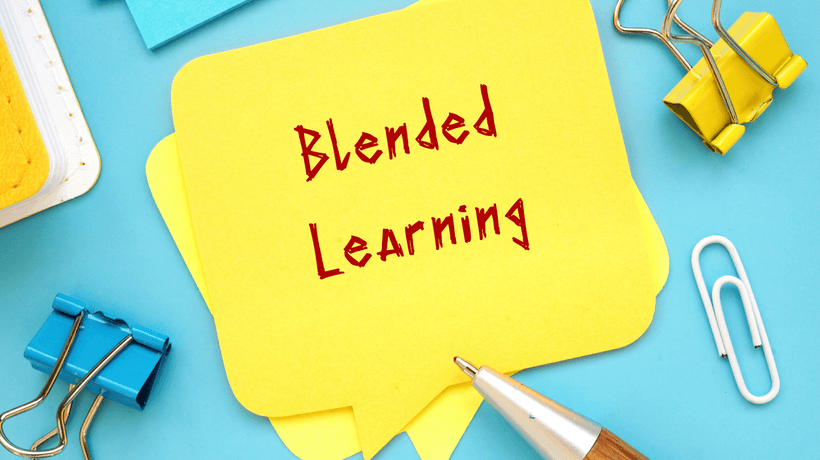The Concept Of Blended Learning
The concept of blended learning is simple. It is a method whereby students can learn in both a physical location (at school) and online. This is done by using a combination of human interaction and virtual learning.
Examples Of Blended Learning
The application of blended learning is not limited to the classroom. In fact, it can be implemented at any stage of the learning process. Some examples of blended learning include:
- Taking an online test and having the results sent to a teacher
- Taking a class from home and having the teacher tutor you in real time
- Learning in a classroom, then doing the homework at home
- Taking a lecture online and then going through the practical exercise in a physical lab
How Is Blended Learning Different From Traditional Education?
Traditional education consists of lessons taught by teachers in a classroom setting. Students attend classes for a few hours each day and often work through assigned homework in between classes. Traditional education has the advantage that it places students with other learners of similar skill levels. Still, the disadvantages are that students have to be present at the same time each day, and students who miss classes must make them up later.
Blended learning combines the traditional classroom setting with online classes. Students are required to complete some of their learning through conventional methods and have the option to meet other aspects on their own time.
Who Should Consider Blended Learning?
Blended learning is an excellent choice for some students, and those students will have an easier time if they possess the following characteristics:
1. Relatively Good Self-Discipline
If a student struggles with self-discipline, it will be much more challenging to pull off an online course. This is because online courses are self-paced, and it requires the student to be disciplined enough to study independently with less supervision. Therefore, students who have a high level of self-discipline when planning their own study schedule and doing their own research will have an easier time with online courses.
2. Some Experience Using The Internet And Technology
Students who have used the internet extensively for personal use, such as social media or watching online videos, will have an easier time with online courses. Students are expected to use the internet for research and communication purposes, so they should understand how the internet works.
3. Some Experience Working Independently
Students are expected to complete all of their work independently in a blended learning environment, and there is little to no one-on-one interaction with the teacher. Therefore, students who are comfortable completing their work on their own will be best suited for online courses.
Who Is It Not For?
Some students might find blended learning effective, but it is not for everyone, and there are certain situations where it might not be the ideal solution.
1. Learning Disabled Students
Many students with learning disabilities will have been able to make ends meet in the classroom by using accommodations. However, those accommodations may not be available or may not be as effective in an online setting. For these students, a traditional classroom might be the best option.
2. Students With Non-Academic Learning Styles
Some students work best when they can see and hear information, rather than reading it on paper or seeing it on a screen. These students might find that an online course will not work for them because they learn better when they have some physical presence.
3. Students Who Need Social Interaction To Learn
Some students need to be able to interact with other students and teachers to learn. Social support, motivation, and role-modeling can be gained from being in the classroom with others. These students might find it difficult to concentrate when alone at home or to sit at a virtual campus, learning from a computer screen via an online course.
A Final Thought
Blended learning is a viable option for many students, but it is not an option that works for everyone. It is important to remember that blended learning is a tool, not a solution. It is not the answer to everything, and it will not work in every situation. It might be the perfect solution for some students, and it might not be worth the time effort for others.









